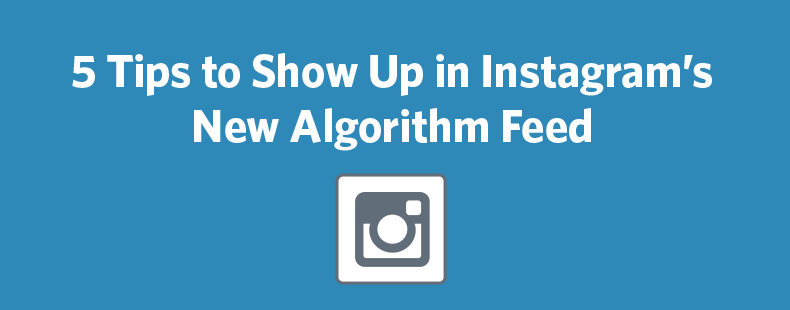
Top 5 Questions from Parents
Instagram is among many social networks apps for smartphones and no single service, app or tool covers all digital social activities or even a single classification, however research shows that mingling in person is still the main event for teens.
Keep in mind that your kids can be on Instagram even if they're not on Instagram. Sounds unlikely, however not in social networks. Even if a parent bans all social media, his/her kid's photo and other details can be posted by pals by means of their accounts. And for teens, there's the fear of missing out that even has its own acronym, "FOMO." While not all teens need to or necessarily even want to utilize social networks apps, for numerous it's ingrained into their social lives. Obviously, moms and dads ought to help their teenager make good options, but prohibiting social media may not be the very best solution.
There are lots of alternatives for digital socializing, with brand-new ones turning up on various platforms all the time. Some do a better task of safeguarding personal privacy and safety than others, and parents can't perhaps be on top of all of them. We also can't always comprehend the context of images, videos and comments our kids become part of in social networks. That's why it's essential to keep the lines of interaction with your kids as open as possible and interact to determine what's proper for them, in regards to safety, privacy, reputation and time management. It typically simply works better to talk with our kids about their favorite tools-- with authentic interest, not fear-- because they're most likely to come to you if they ever require help.
1. Why do teens love Instagram?
Due to the fact that they love consuming and developing media, sharing it and mingling, and Instagram makes all that manageable in a simple, distinctive method. Teenagers also like the ability to create "stories" that vanish after 24 hours.
2. Does Instagram have a minimum age?
Yes, it's 13, in compliance with the Children's Online Privacy Protection Act. But Instagram does not ask users to specify their age, and, despite the rules, there are numerous more Hop Over To This Website youthful kids who utilize the service, often with their parents' authorization. Instagram will erase minor accounts if they're informed and can't verify that the user is over 13.
3. What are the risks in using Instagram?
Though there's absolutely nothing inherently unsafe about Instagram, the main points moms and dads fret about are normal of all social networks: mean behavior among peers, unsuitable images or videos that can injure a teenager's reputation or attract the wrong sort of attention, overuse, and of course, privacy. Moms and dads are also worried that people their kids don't know can reach out to them directly. Kids can learn to lower the likelihood of these dangers, which is why we wrote this guide.
4. Are there tools to help restrict how much time your kids spend on Instagram?
Instagram now provides tools to help users of any age much better handle the time they invest using the app. That includes an activity dashboard, a daily reminder and improved methods to Click For More Info limit notifications. As we explain later on in the guide, you can access these tools from Instagram's settings menu.
5. Should my teen's profile be personal?
We recommend teenagers have a private account so that just followers they approve can see their posts in the Photos tab of Search & Explore or on hashtag or location pages. (Accounts are public by default.) A more public presence might be suitable for some older teenagers, such as those who are advocating for a cause, raising money for charity or participating in conversations about sports, problems or hobbies. If you believe your older teen might take advantage of a public account, make sure to speak to them about how to prevent posting anything that might endanger their safety, personal privacy or track record. It's important to note that Instagram's personal privacy settings don't follow if the posts are shared to Facebook, Twitter or Tumblr. Rather, the personal privacy settings for those services will use.